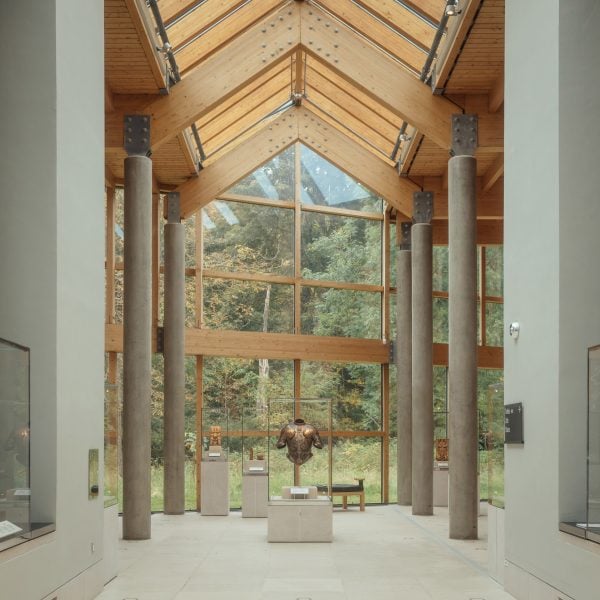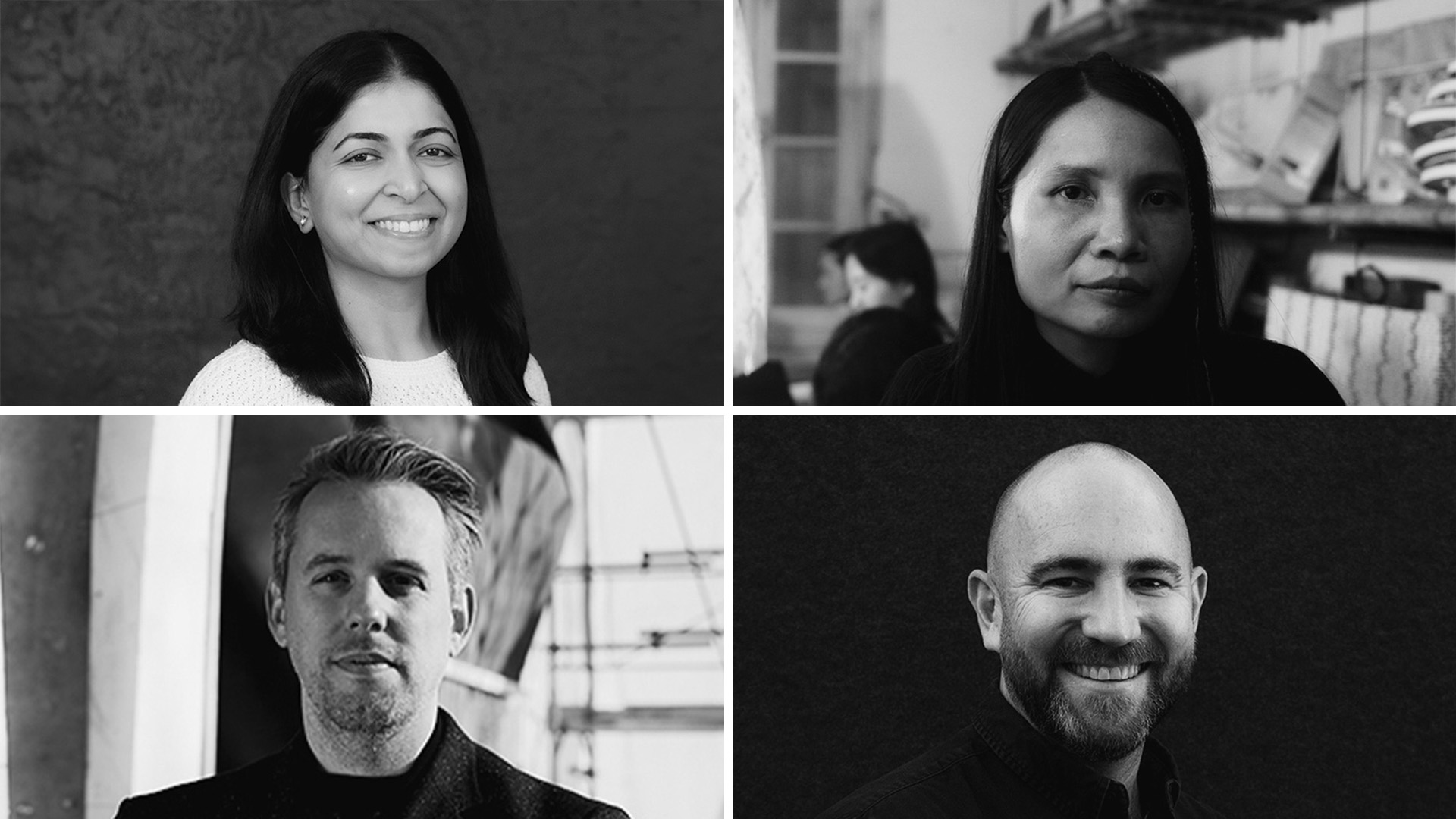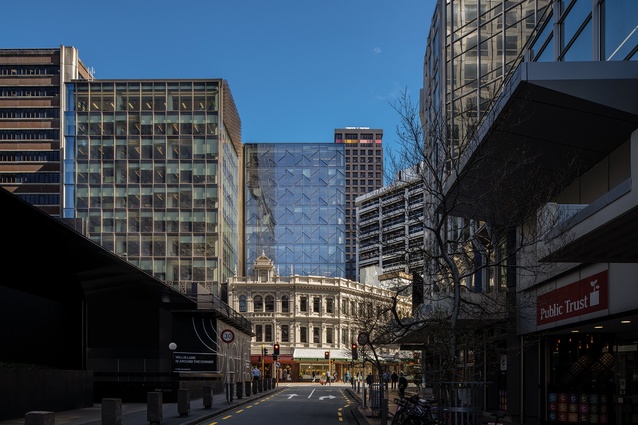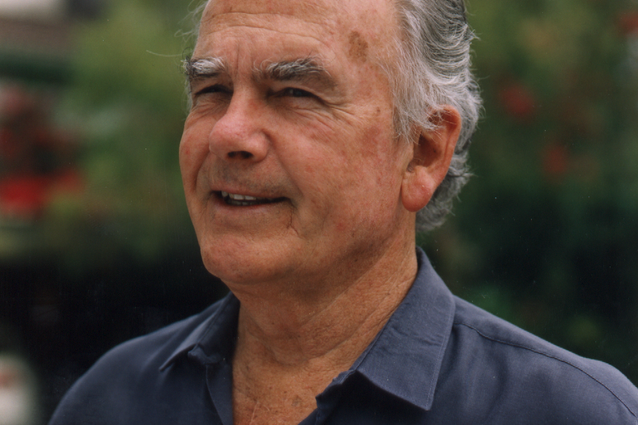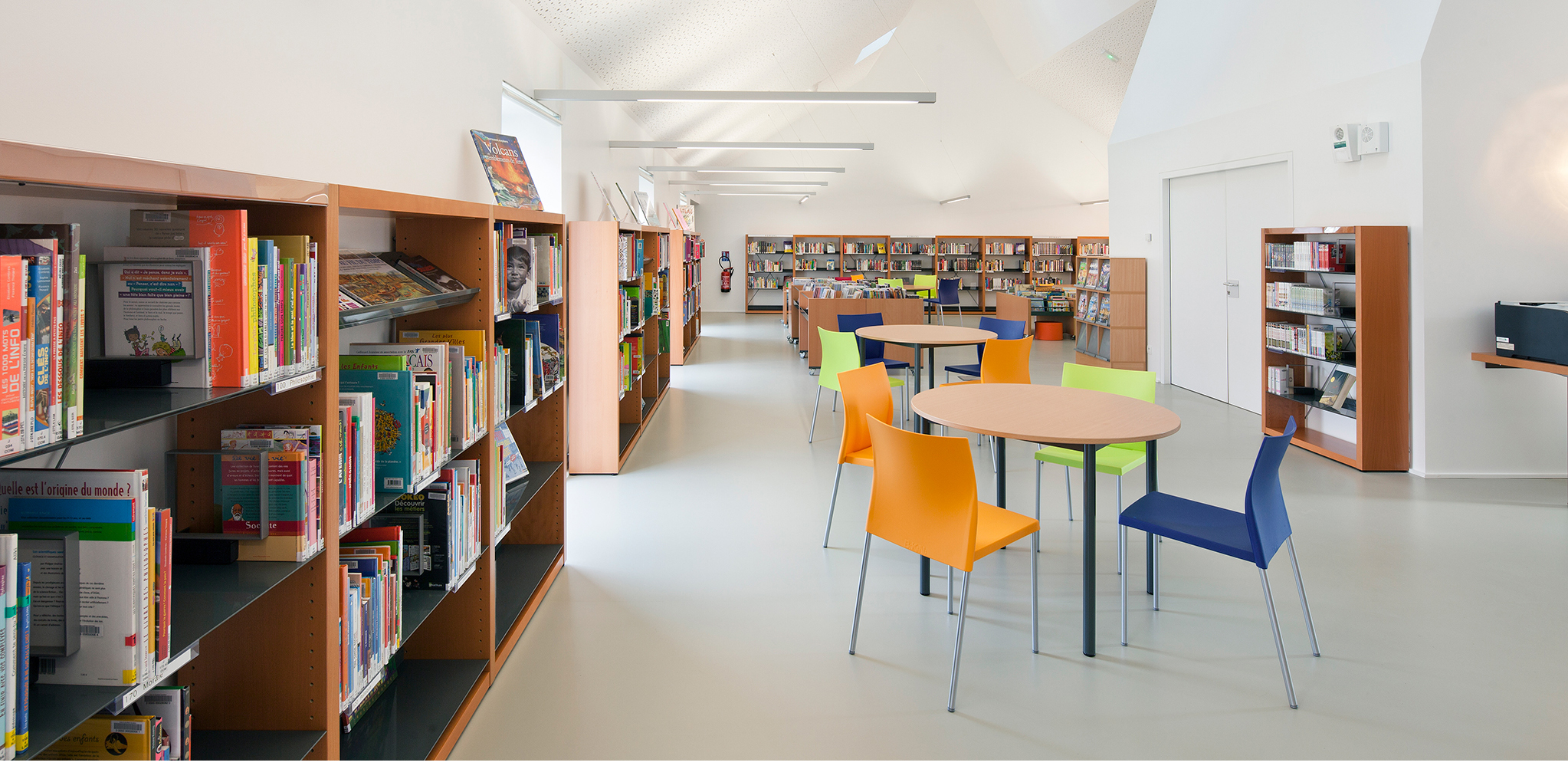Mike Tonkin, director of Tonkin Liu, on the formative experiences and works that fire his creativity

Answers from Mike Tonkin, director of Tonkin Liu
Can you pinpoint the thought, whether yours or someone else’s that led you to a career in design?
I always wanted to be an architect even before I knew what architecture was. As a child almost anything is architecture. When you are very small, you can explore things by getting inside them. I can remember one moment in the kitchen I was hiding under a red table with mum’s ironing hanging over it and it felt like being inside my own house.
My teenage path towards architecture wasn’t so linear. When I left school, I signed up for a youth opportunity programme, which involved being a technician in an architect’s office and doing day release at Bath Technical College. An architect tutor, Bill Holmes, asked me to design a library. When I presented my project, they suspected my dad helped me – he was an engineer. [But] I had done it completely on my own.
In life, you meet many good people who help you on your way, but in some ways the desire to be an architect was definitely already there, from when I was small enough to get under a chair.
In terms of the design and architecture industry, what do you consider the most radical era or pivotal moment?
Now is the most radical era. It’s really obvious that climate change and Covid-19 are changing our whole relationship to each other and to boundaries and to space, and also our relationship to the planet.
If I had to answer this question five years ago I would have said the 1960s, as I think that was an era of optimism. I firmly believe we can do something about climate change. We need to change our social interaction and relationship with each other to make a fairer world, and architecture is a great tool to do that.
Which radical thinkers have been inspirations to you in your career?
One of the lectures I give at the University [of Bath, where Tonkin teaches] is about Louis Kahn – there are five great things about Kahn, but the best thing is that he thought for himself. He invented his own world, a world to his own vision, and that changed our world for the better.

Who are the radical thinkers who inspire you now? (Not necessarily forever or for a lifetime – just right now)
People demonstrating on the street are the inspiration we all need, because if we believe change is possible then it will happen. What is happening with Black Lives Matter, Architects Declare and Extinction Rebellion is really important as a vehicle to bring about awareness and instigate change.
Who outside the industry can architects and designers learn from?
I think architects should look beyond architecture and learn from nature and craft. When we developed the shell lace structure technique at Tonkin Liu, we did it by combining techniques learned from the craft of tailoring with principles from nature learned through observations of molluscs’ shells.
In a way, it was about bringing two unlikely things together. The first was about construction, and the other was about strength and the importance of the relationship between form and strength. If it’s just a form but not strong, it’s meaningless, but if it’s just strong and not responsive, it’s not beautiful. When things are beautiful then, for me, they are economic and sustainable too. Climate change is all about our relationship, on many levels, with the natural world, and we need to change that for the better.
What will lead the way for more radical thinking in your/our field?
To make things better we must look beyond the boundaries of our field. Some people are avoiding the horizon, content with what’s right in front of them, or behind them – whatever makes them comfortable. But to bring about change you have to chase the horizon: through the spirit of travelling, the curiosity to discover the unknown, trying to pursue things you don’t understand. I feel sometimes architects really believe they know clearly what architecture is, whereas I like the idea that architecture continually needs to be redefined. We have got to rip up the rule book and reinvent it by taking the long view.
Can you recommend a book/article/blog that has inspired your thinking?
Architecture Without Architects by Bernard Rudofsky. The subtitle is ‘A short introduction to non-pedigree architecture’, but actually for me it is pedigree architecture because architecture evolves over time in relation to place, people and the available technology. What I like about this book is all the available resources and inspiration it offers, a representation of culture’s ability to make itself unique. When I set off travelling around the world, this book gave me a great itinerary of wonders to go and visit.
Can you name two buildings/pieces of furniture that you consider radical designs of their time, or perhaps still to this day?
Le Corbusier’s Mill Owners’ Association Building in Ahmedabad [in India] is an amazing edifice. I have been there a dozen times or so, and although it’s quite badly built and currently crumbling, it doesn’t matter because it’s so radical in the way it’s conceived it is still fresh.
On the other hand, a building that is beautifully built and is radical in a rather conservative way is Ernest Gimson’s Stoneywell Cottage, of which he designed the building, the furniture and the landscape. I have visited it a few times over the last 30 years, when the Gimson family still lived there, and I recently went back; it’s now run by the National Trust, and it doesn’t disappoint; it’s still fantastic. Both of these examples have a radical free spirit that is evident in free form and flowing space.
I think best with … (my hands/a pencil/with a computer)
I think best with the mind’s eye, something I learned to do when I was young and still enjoy as a tool to explore the possibility of the space within the imagination. When I was on a new paper round as a boy, I delivered to a house that had three Saluki guard dogs. No one had ever got to the front door before, so they asked me at the age of 14 to babysit.
The house was like nothing I had ever seen before – interlocking double and triple volumes with staircases sweeping in midair. I think the house unlocked my spatial imagination and inspired me to imagine what a house might be. I started designing a spiral house with a hollow core. When I could see it in my mind’s eye, I drew it on graph paper and made a model from balsa wood and stretched tissue. Our family poodle destroyed my model, but the project is still in my head. I am a great believer in learning through doing, and that hands-on experience of model-making fuels the spatial imagination, but this is just another tool to chase what is in the mind’s eye.
I think best … (in the morning/last thing at night)
First thing in the morning is the best time to think. Outside our house [with Anna Liu, wife and co-director of Tonkin Liu] is a very tall tree with a rook’s nest at the top. Because of the towering height, they are the first to see the light of dawn, their rooking sounds starts the other birds singing. Even though it’s noisy, it’s also a lovely way to open a day. When you come out of dreaming, when you are slightly awake and slightly asleep you are in reverie, where the conscious meets the subconscious.
I tend to wake up and half sit up, and let my mind’s eye wonder over everything we are doing. Zooming in and out of spaces and lingering dreams. Thinking freely before the full reality of the day brings order to your thoughts; this is where the intuition [can] tell you what to do.
I think best when… (in a gallery/at home/ outside/over drinks/with friends/on the bus)
I am dyslexic, and as a dyslexic person you have disadvantages but also advantages. There are two good sides to dyslexia: one, that gives you a very good memory where you see everything much more pictorially; and the other, that makes you a good speaker because you live in a world of spoken words, rather than a world of books. For me, talking to people is when ideas often emerge. At the beginning of any designing process, I find it far better to begin with words rather than hoping to make a perfect scribble. A great conversation is a very good way to set the ambition.
I believe that a world of words conjures a world of images to create an inspirational direction for the design. Personally, I learn a lot by chasing ideas using my hands through model-making. Plasticine is a great modelling material that was originally made in Bathampton [in Somerset]. It brings to life sculptural possibilities to let you do things that you simply can’t see with a pencil – it’s like sketching in 3D.
The thought that keeps me up at night is…
Have you gone far enough? Have you made something particular enough in response to the circumstances that make the project unique? As the goal is to make each project different and to find the essence of something, I ask myself if I have tried hard enough to make something new.

Black Lives Matter represents some of the most radical contemporary thought, Tonkin believes. Image Credit: ALESSANDROBIASCIOLI/SHUTTERSTOCK.COM
The thought that gets me out of bed each day is…
The need to get up and act gets me out of bed.
Do you like to think with, or think against?
We should always question everything, accept nothing and go back to the beginning and think forward with first principles.
If you weren’t a designer/architect, where do you think your way of thinking would have led you?
If I had not become an architect, then I would have become some kind of artisan entrepreneur. I always enjoyed making things, and I guess the things I made would have just got bigger and bigger until I was making architecture.
Could you describe radical thinking in three words?
Think for yourself.
What’s the most radical thing you’ve come across today or this week?
Anna and I have recently been watching some of David Attenborough’s films from the 1970s.
This week we watched a film about Bali, an island we have visited and really appreciated. The film explores the very ancient connection with nature that the island’s culture enjoys. This is manifest in [the people’s] devotion to the arts and their social connection to each [other] through the rituals that are played out within the rural communities.
The film gives a glimpse of a better relationship with continuity of nature in the troubled times in which we live, it suggests a more yielding and sympathetic relationship with our environment. We need to shift our energy to helping society evolve towards a more respectful relationship to each other and to our planet.
tonkinliu.co.uk




